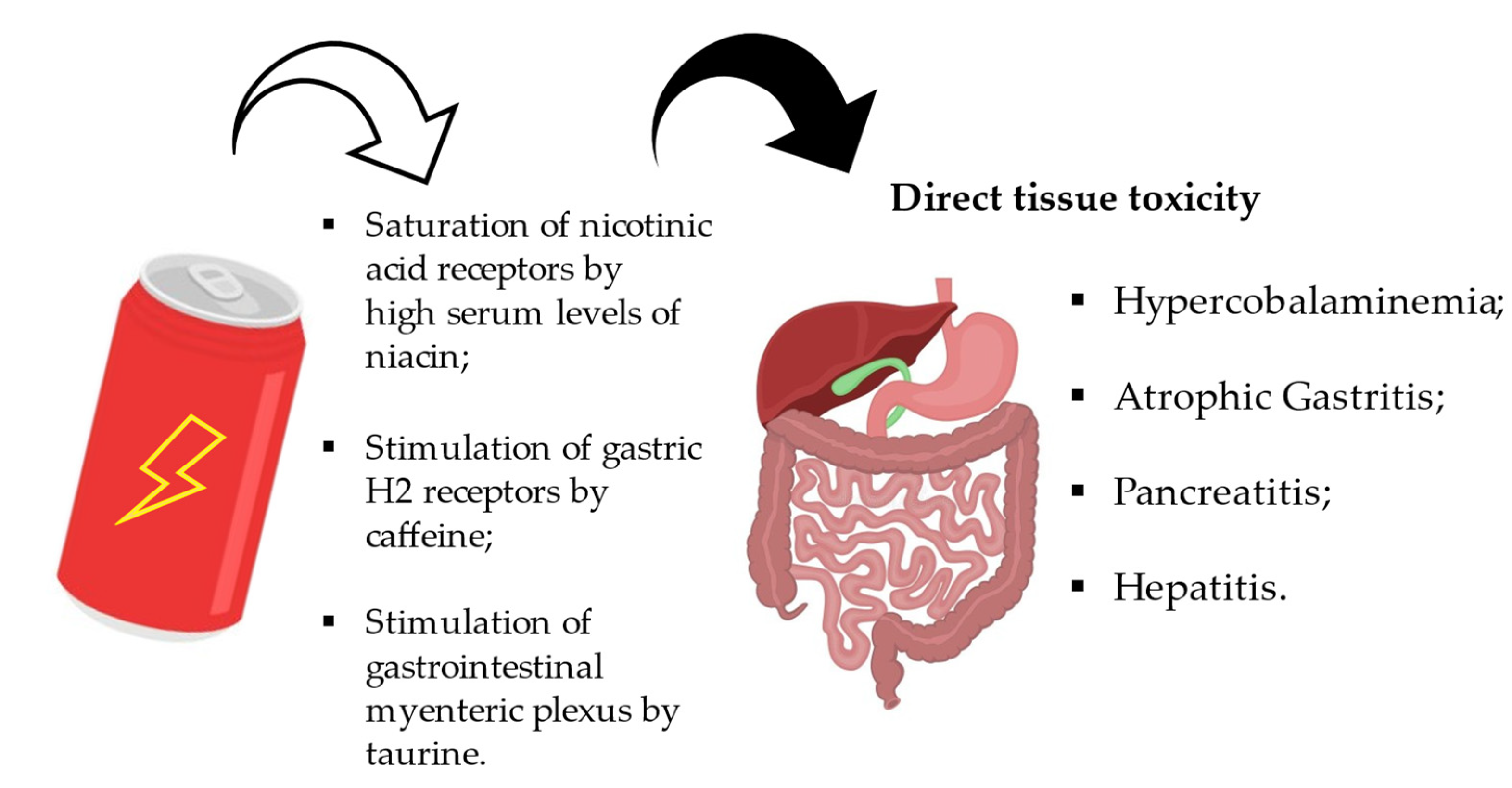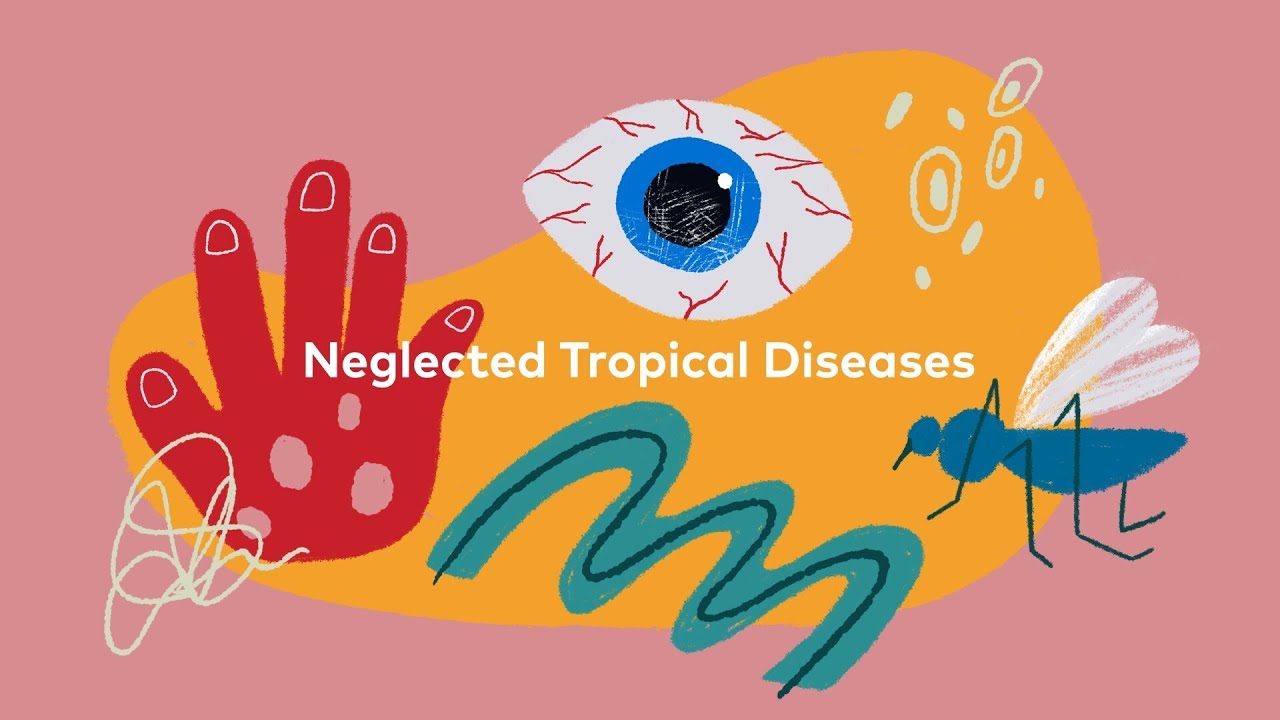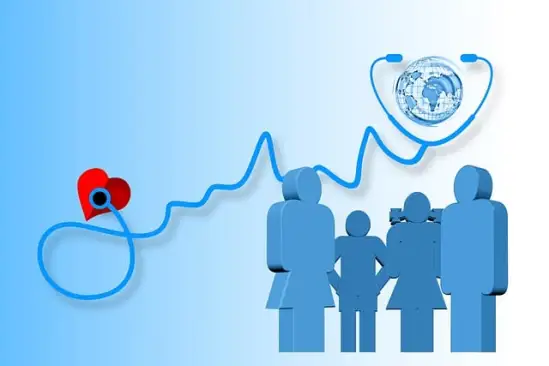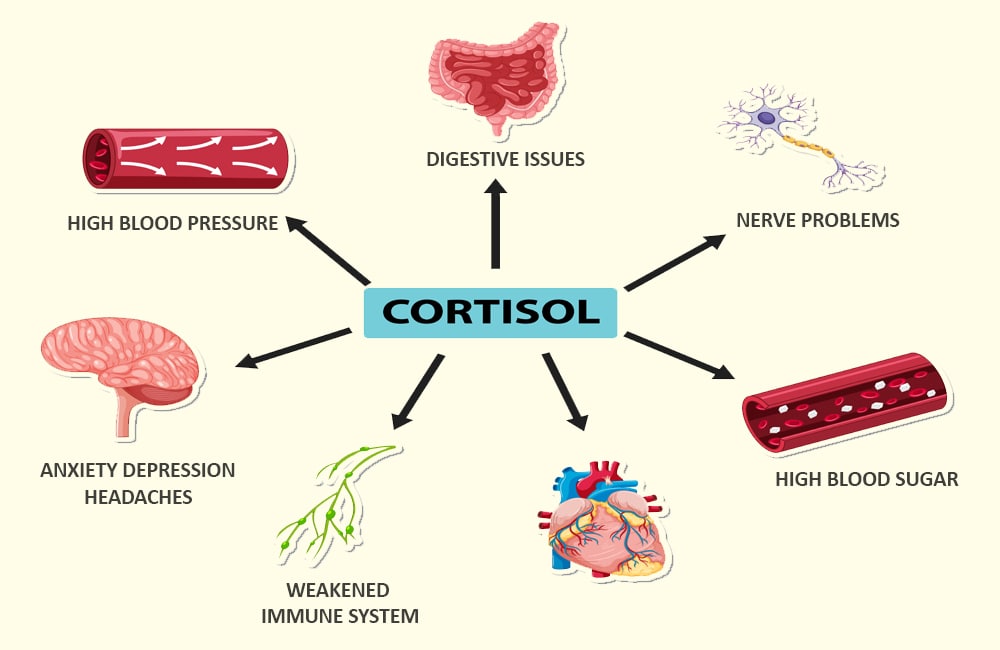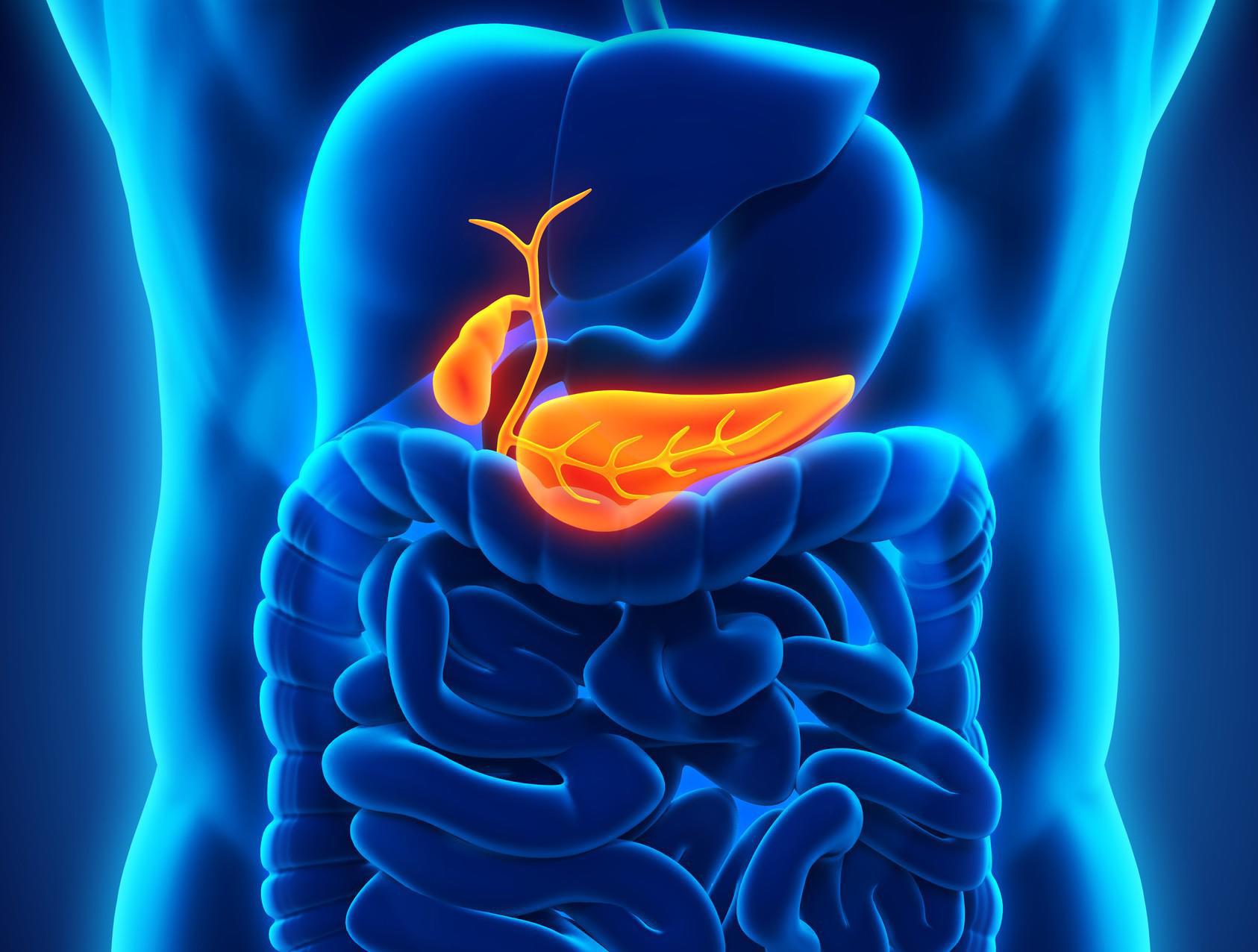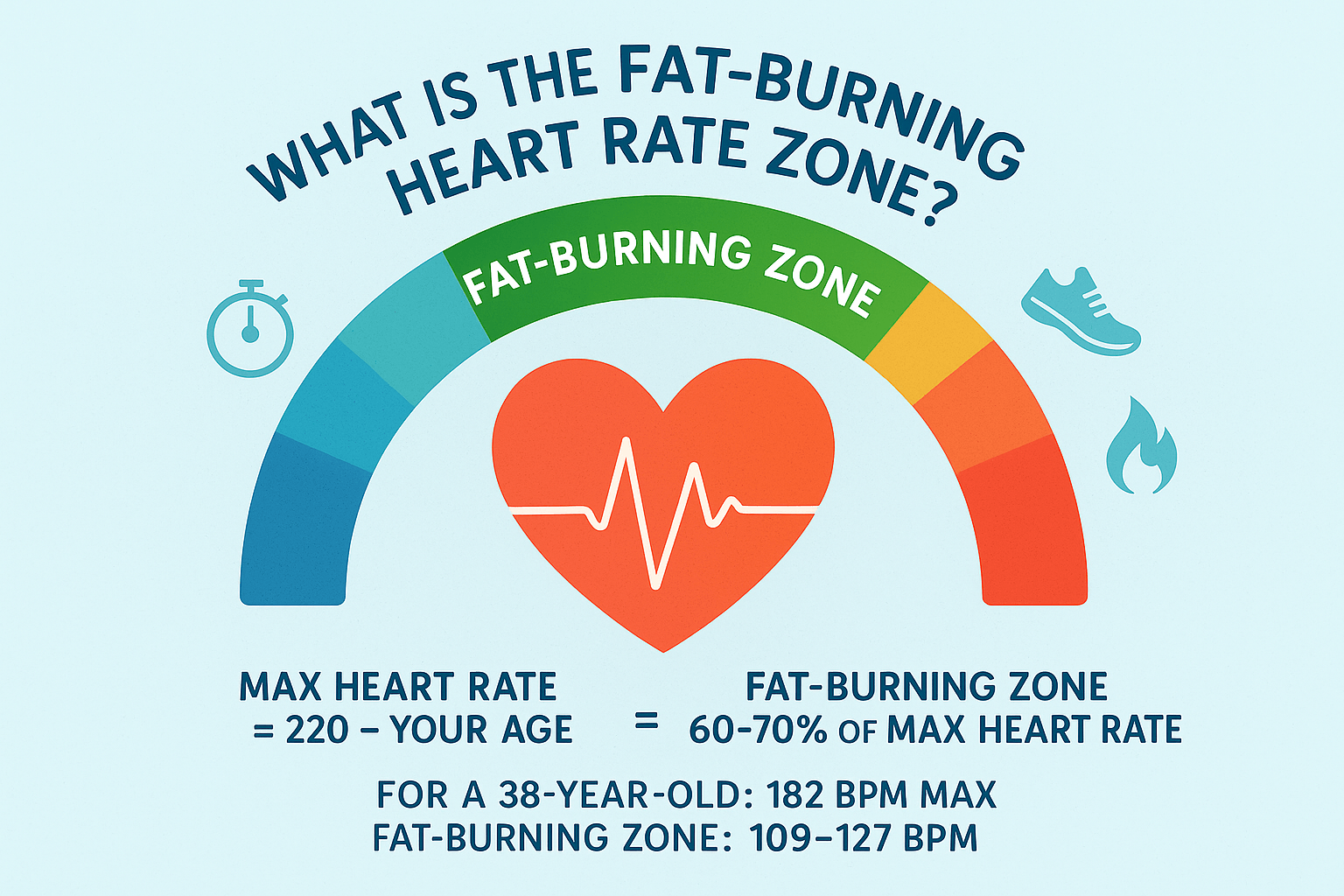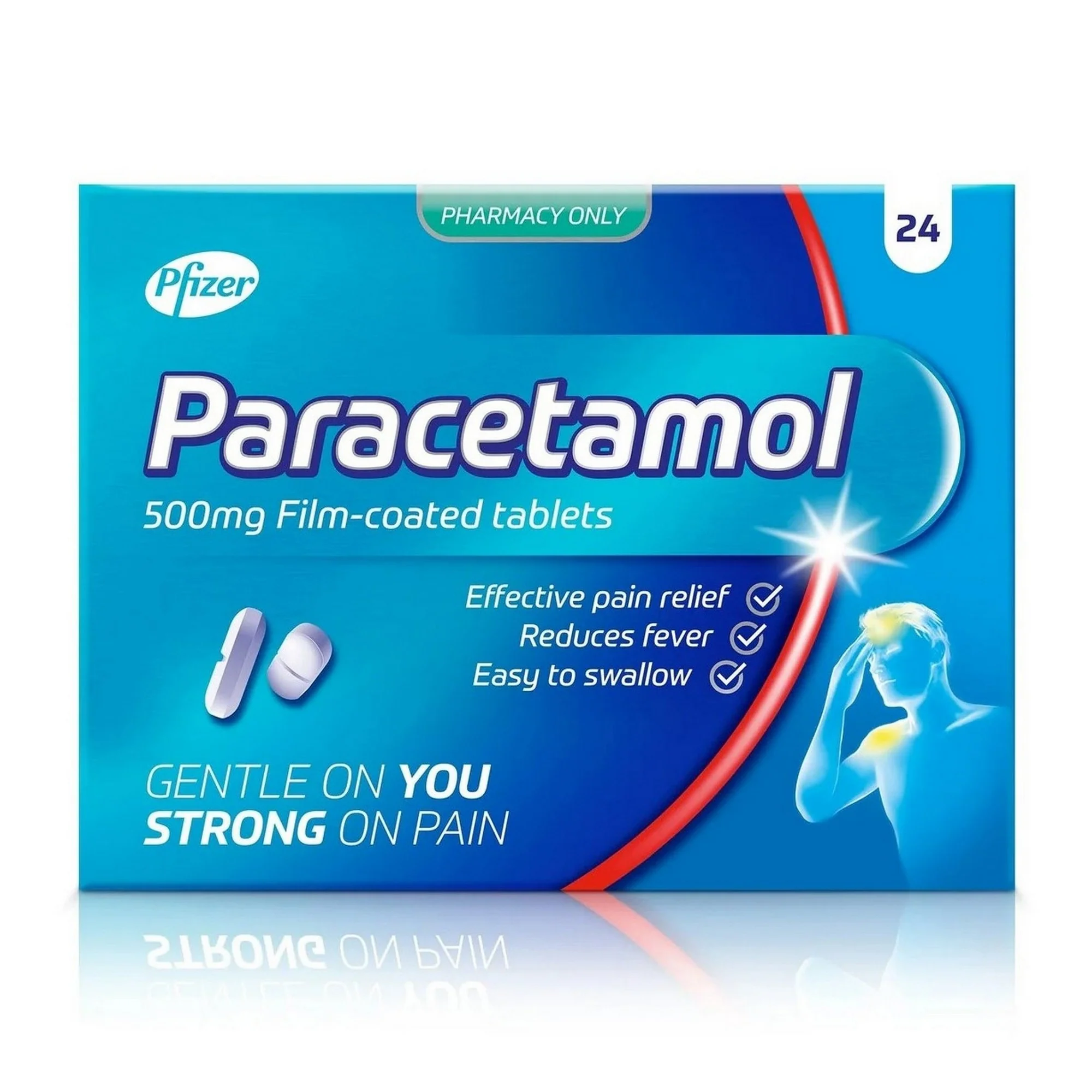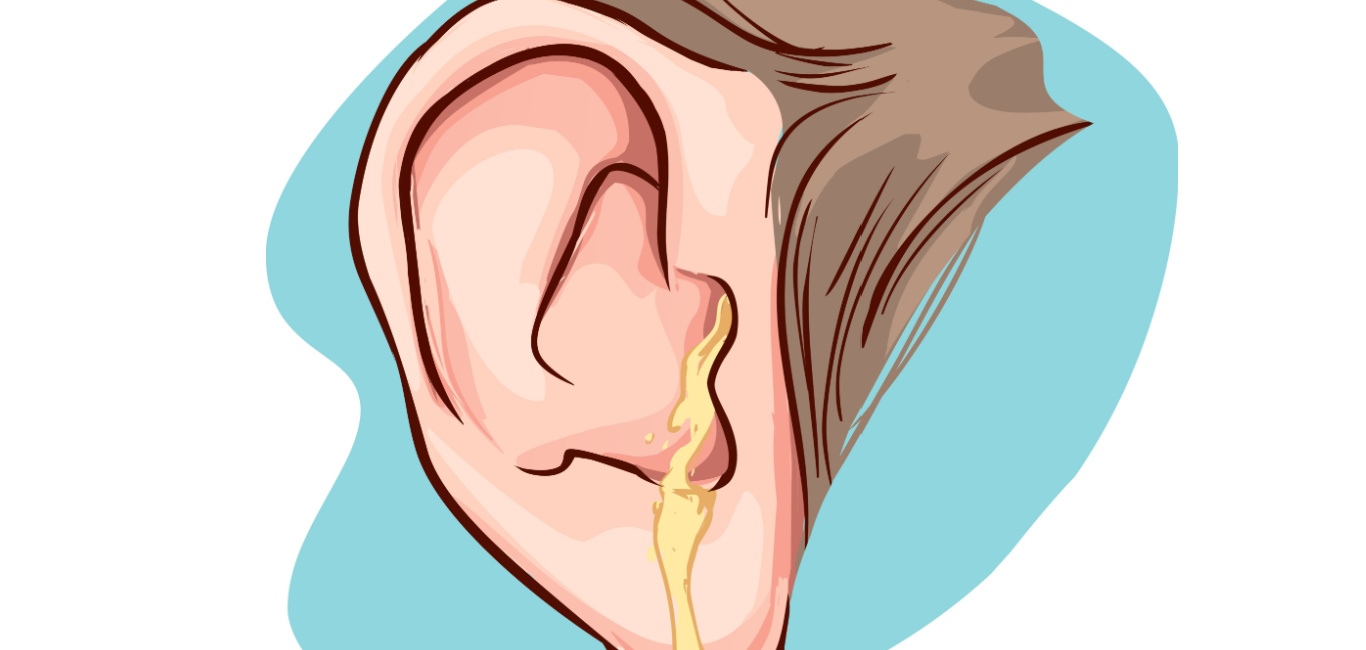What are some of the common Health Effects of Energy Drinks ? Energy drinks, often packed with high levels of caffeine, sugar, taurine, and herbal stimulants, are widely consumed for their promise of boosted alertness and performance. However, their potent formulations can exceed safe stimulant thresholds, leading to a range of acute and chronic health risks. Cardiovascular strain—manifesting as elevated blood pressure, chest discomfort, rapid or irregular heartbeat, and in extreme cases sudden cardiac arrest—is commonly reported even in healthy individuals.
Neurologically, excessive intake can trigger irritability, anxiety, panic attacks, tremors, insomnia, hallucinations, and seizures. Beyond heart and brain impacts, energy drinks may impair metabolic and endocrine function, erode dental enamel, provoke gastrointestinal upset, and in rare cases contribute to serious cerebrovascular events. Public health experts advise moderation, clear labeling, age restrictions, and consumer education to mitigate these dangers, especially among adolescents and those with underlying vulnerabilities.
❤️ Introduction
Energy drinks combine stimulants—chiefly caffeine and sugar—with taurine, B‑vitamins, and often herbal extracts like guarana. While moderate caffeine (up to about 200 mg per serving) can sharpen focus, many energy drinks deliver 300 – 500 mg of caffeine in a single can. This high dose, paired with other stimulatory compounds, can push consumers beyond safe limits, particularly when beverages are consumed rapidly or mixed with alcohol and medications.
❤️ Cardiovascular Effects
Energy drinks place significant stress on the heart and blood vessels. After consumption, many users experience a noticeable rise in both systolic and diastolic blood pressure, which increases the workload on the heart. Chest tightness or pain is frequently reported, likely due to increased vascular resistance and coronary constriction. Heart rates often accelerate (tachycardia), and abnormal rhythms (arrhythmias) can develop—even in young, healthy adults. In rare but alarming cases, overstimulation has precipitated sudden cardiac arrest. Regular high‑volume intake may also lead to long‑term changes in heart muscle structure and electrical conduction patterns.
🧠 Neurological & Psychological Effects
The central nervous system reacts strongly to the stimulant cocktail in energy drinks. Common symptoms include heightened irritability, restlessness, and nervousness. Anxiety levels can spike, sometimes escalating into full panic attacks that require medical attention. Sleep disturbances such as insomnia are typical, especially when beverages are consumed later in the day. Tremors of the hands and fingers may develop with repeated use, reflecting overexcitation of motor pathways. Although rare, there are reports of temporary hallucinations and even seizure activity following excessive or prolonged consumption, underscoring the need for caution.
🌱 Other Physiological Effects
Beyond the heart and brain, energy drinks can affect several other organ systems. Their high sugar content and abrupt caffeine shifts can impair glucose metabolism, raising the risk of insulin resistance and weight gain over time. The acidic nature of these drinks, combined with sugar, accelerates dental enamel erosion and increases cavity formation, particularly in adolescents. Many users experience gastrointestinal discomfort—such as acid reflux, gastritis, nausea, and diarrhea—when their stomach lining reacts to concentrated caffeine. Rarely, binge consumption has been linked to reversible cerebral vasoconstriction syndrome and stroke.
Diseases Associated with Energy Drink Consumption
Energy drinks have been linked to a range of health conditions across multiple systems. Cardiovascular impacts include elevated blood pressure, chest discomfort, rapid or irregular heartbeat, and in extreme cases, sudden cardiac events. Metabolic consequences stem from high sugar loads and repeated caffeine spikes, contributing to obesity, insulin resistance, metabolic syndrome, and an increased risk of type 2 diabetes. Oral health suffers as acidic pH and sugar accelerate enamel erosion and promote cavities. Gastrointestinal disturbances—such as acid reflux, gastritis, nausea, and diarrhea—arise from caffeine‑induced acid secretion and altered gut motility. Neurologically, excessive intake can trigger anxiety, panic attacks, insomnia, tremors, hallucinations, and even seizures in susceptible individuals.
Taken together, these findings underscore the importance of moderation, clear product labeling, and consumer awareness. By recognizing the potential for cardiovascular strain, metabolic dysregulation, dental damage, digestive upset, and neurological stress, readers can make more informed choices and minimize their risk of long‑term disease.
⚖️ Recommendations for Safe Consumption
-
Moderation Is Key: Limit total daily caffeine to around 400 mg for healthy adults; avoid energy drinks entirely in children, pregnant women, and those with heart or anxiety disorders.
-
Read Labels Carefully: Check the caffeine, sugar, and taurine content per serving—and note the serving size to avoid unintentionally high doses.
-
Mind Timing: Refrain from consuming energy drinks late in the afternoon or evening to prevent sleep disruption.
-
Know Your Risk: Individuals with high blood pressure, arrhythmias, or mood disorders should steer clear or consult a healthcare provider before use.
🚨 Conclusion & Public Health Considerations
Energy drinks deliver a potent blend of stimulants that can push consumers beyond safe intake levels, leading to cardiovascular strain, neurological disturbances, metabolic issues, and more. While occasional moderate caffeine consumption may be harmless, the synergistic formulas in these beverages pose real dangers—especially for young people and those with underlying health conditions. Enhanced labeling, age‑based purchase restrictions, and public education campaigns are essential steps toward reducing harm and promoting informed, safer choices.
